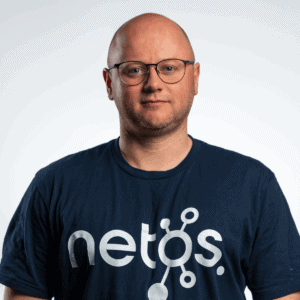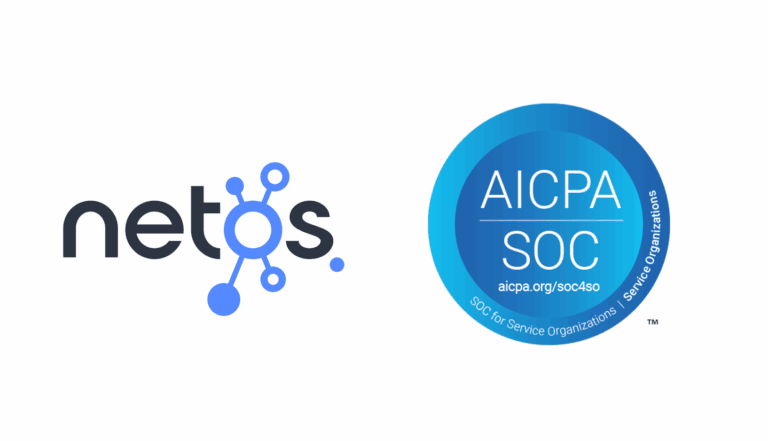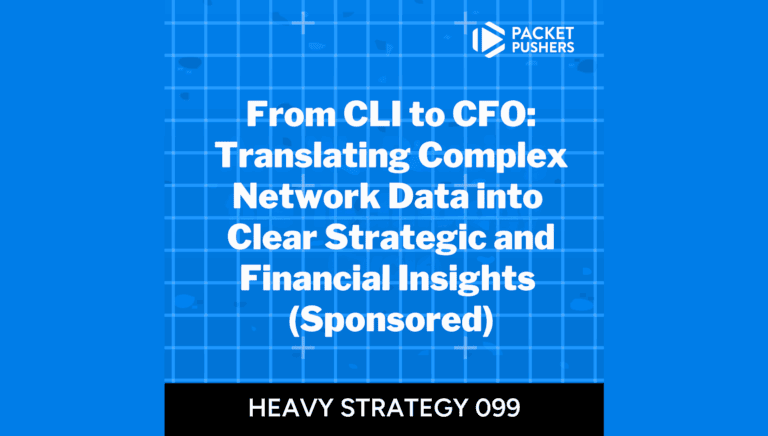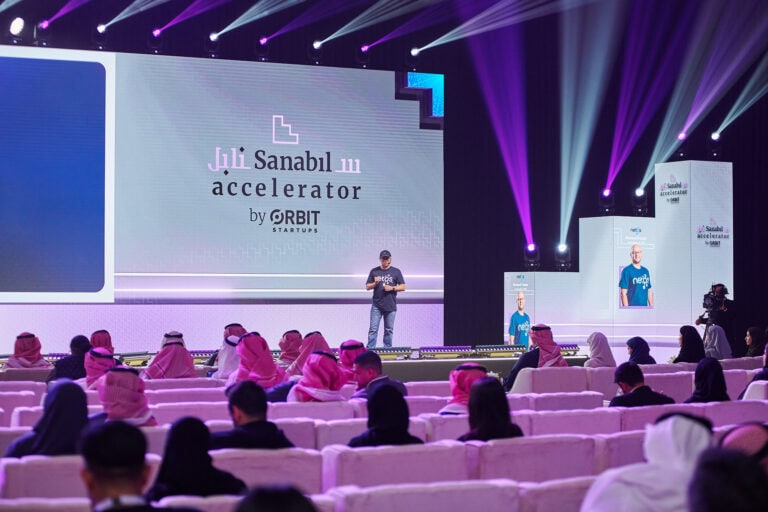Compounding Technical Debt
Network refreshes are among the largest drivers of hardware spend. IT teams face constant pressure to track End-of-Life (EoL) milestones across fragmented, multi-vendor environments, all while staying compliant and evaluating upgrade options.
With shifting vendor roadmaps, evolving security requirements, and changing business priorities, lifecycle management has become an ongoing necessity.
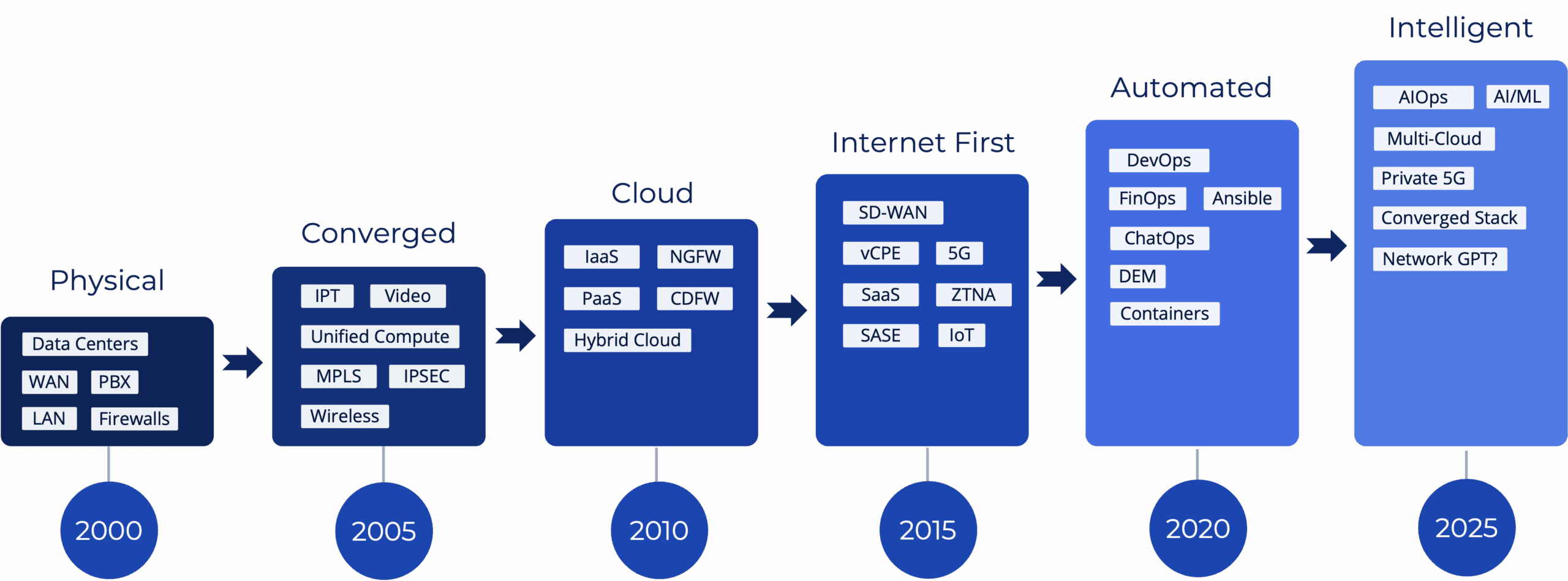
The Lifecycle Merry-go-Round
Upgrades often promise faster speeds, better performance, and improved user experience, like jumping from 1Gbps to 100Gbps in your data center.
But in many cases, it feels like every 5–7 years, a $100k switch gets replaced by another $100k switch in the same wiring closet, delivering the exact same experience to users on Monday morning.
Sometimes, it’s absolutely worth it to stay compliant and supported. Other times, the question becomes whether sweating assets a bit longer might be the smarter move.
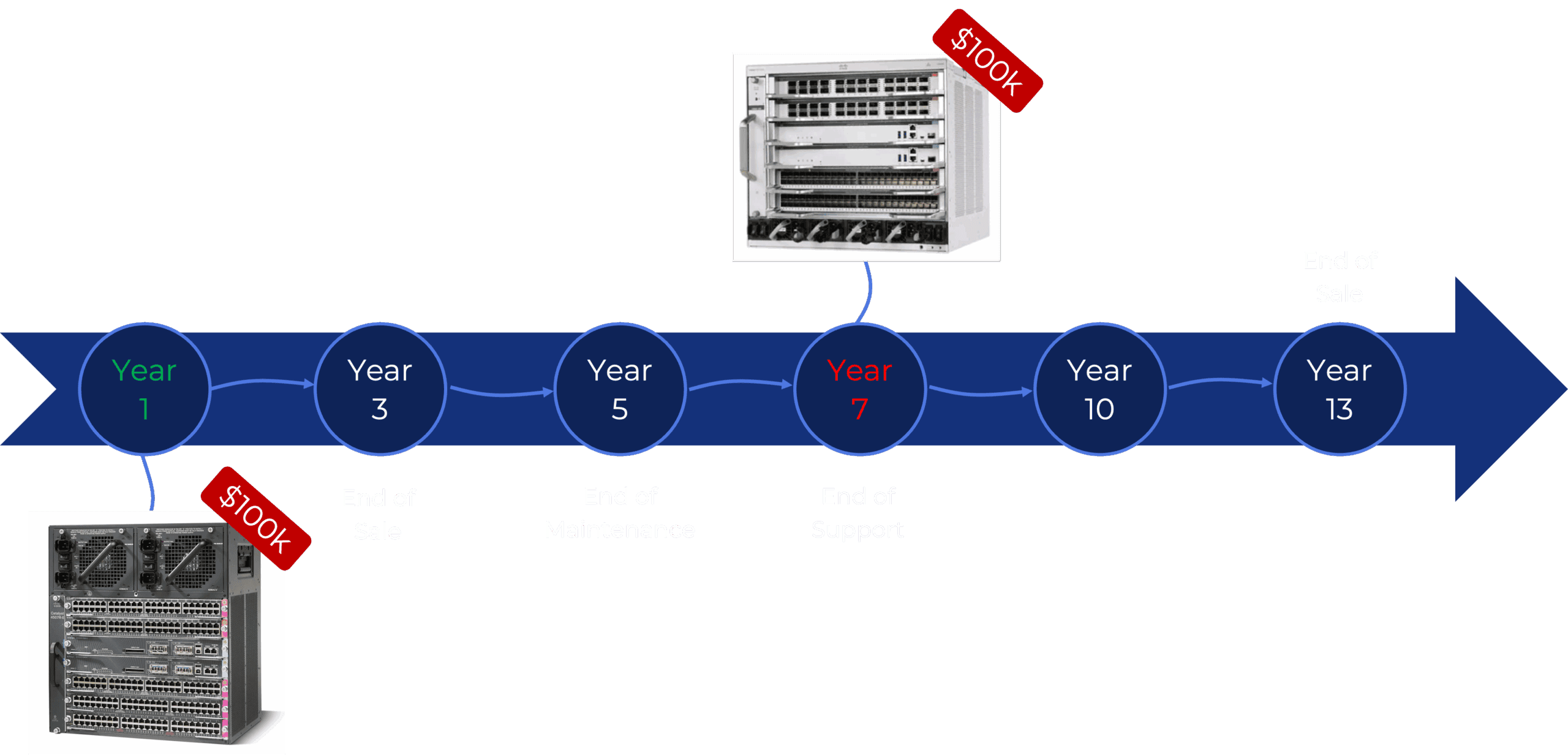
Network Refresh for Global Payments Company
Background & Scope
The organization faced significant technical debt, creating both operational risk and compliance challenges. Key issues included:
- Maintaining PCI DSS compliance for processing card payments and sensitive data
- Recent QoS changes had caused switch reboots, leading to unexpected outages
- Some network devices were over 12 years old, with no viable replacement options
Other Considerations
- The customer was working within a strict budget
- Hardware lead times were critical ahead of an upcoming PCI DSS audit
- Campus sites had been consolidated following a shift to remote work during COVID, with a new focus on a “wireless-first” strategy
- Evaluate alternatives to the vendor’s suggested replacement, such as a lower-cost or lower-spec option.
Objectives
Present a clear business case to stakeholders, taking into account:
- Alignment with technical recommendations from the customer’s engineering team
- Opportunities to consolidate and downsize infrastructure where feasible
- Replacement strategies tailored to specific business units
- Prioritization based on device role, criticality, and operational risk
- Comparison of vendors, pricing structures, and procurement models
Modeling Lifecycle Strategies
Factoring Lifecycle Milestones
Vendors publish various End-of-Life (EoX) milestones that can guide planning and replacement decisions. These milestones include:
- Announcement – The announces the product is EoL
- End of Sale – The product is no longer available for purchase
- End of Maintenance – Software updates and bug fixes are discontinued
- End of Vulnerability Support – Security patches are no longer provided
- End of Support – Vendor assistance (e.g. TAC) is no longer available
Replacement strategies should consider factors such as device criticality, role, volume, location, and cost, to enable smarter, risk-based planning across the network estate.
Prioritizing Business Functions
Our customer operated multiple business units, each with distinct priorities and varying tolerance for downtime. For instance, the back office could accommodate short outages more easily than the data center.
- Back Office – IT, HR, finance, and other support functions across office / campus
- Data Center – Core infrastructure hosting customer-facing and internal systems
- Branch Locations – Smaller regional offices connected via MPLS or IPsec tunnels
- Call Center – Globally distributed contact centers
Analyzing & Preparing the Data
With our strategy and objectives in place, we prepared the data using Netos Insights. According to the agreed strategy we grouped and tagged EoX devices and components, so we could model it in Netos Projects.
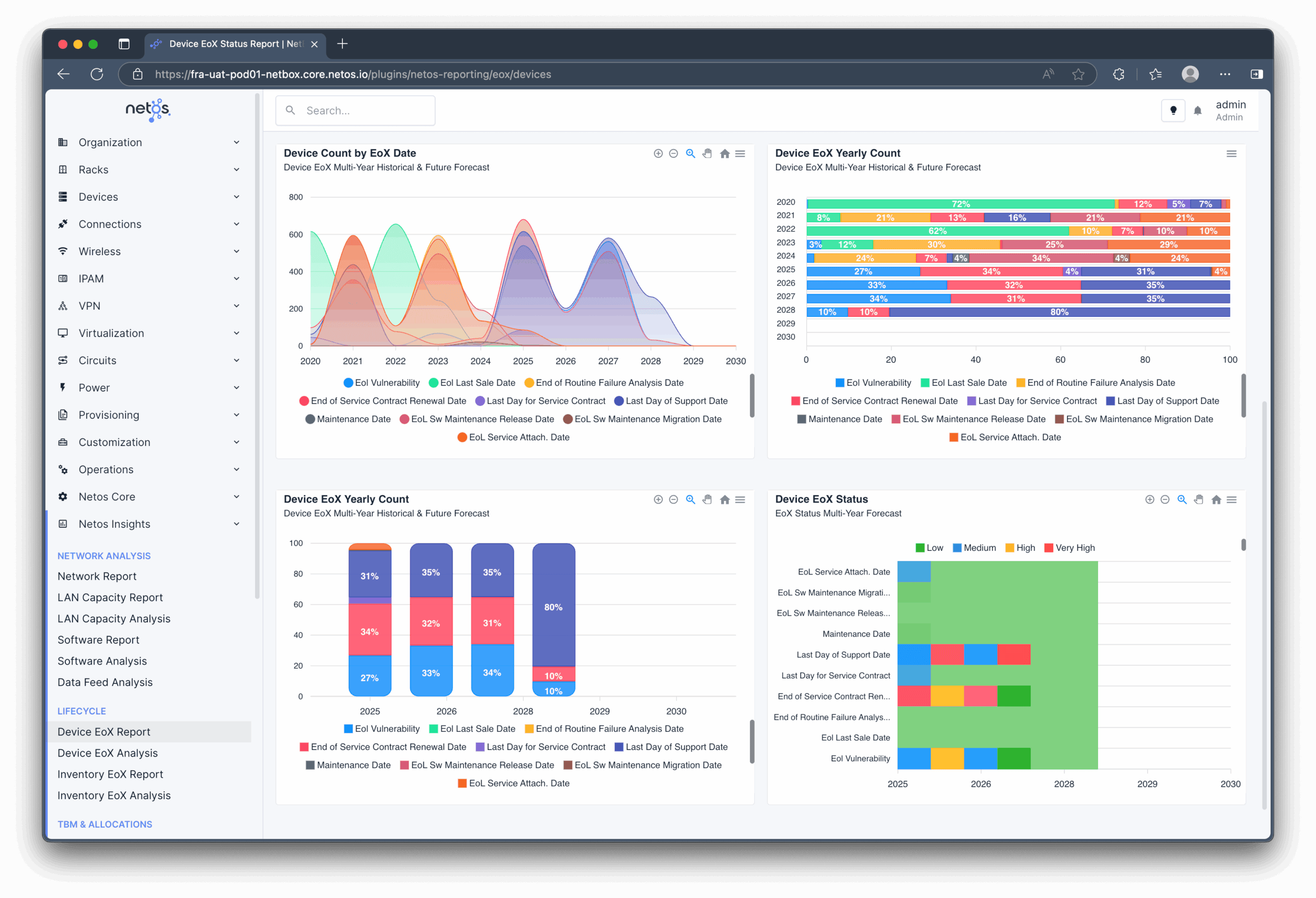
Consolidating the LAN
Due to recent operational changes, many LAN switches were significantly underutilized, with only a few active ports in use.
Using Netos reports, the Network Operations Team was able to quickly identify and validate opportunities to consolidate over 40 stack switches, along with unused line cards in chassis-based switches.
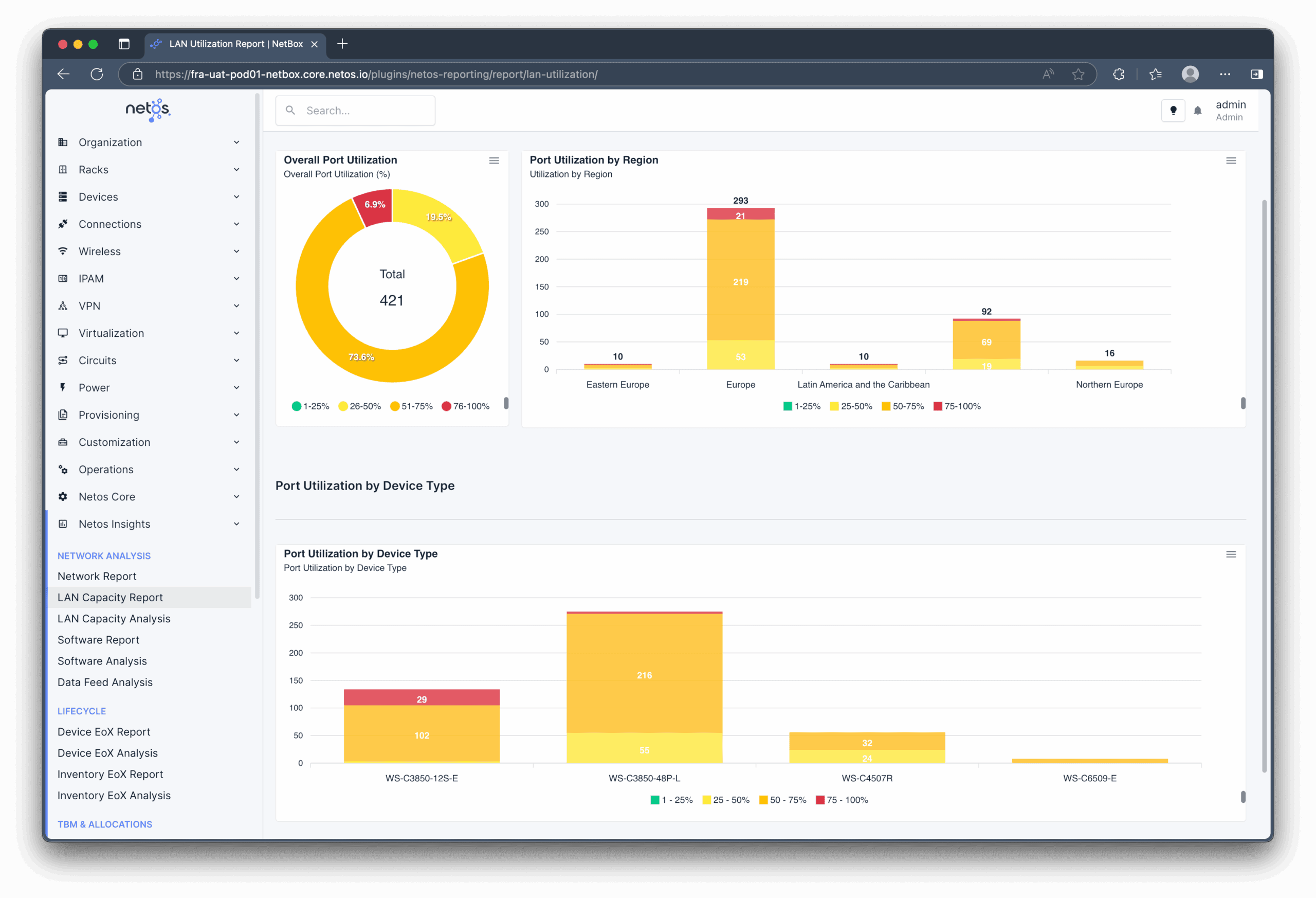
Building Models in Netos
Building Models in Netos
The next stage involved building and executing a series of models within Netos Projects. These were organized into the following components:
Matching Templates – Used to identify and group infrastructure. Examples include:
- Campus and data center core switches reaching End of Vulnerability
- Access switches at End of Maintenance
- Stack and chassis switches eligible for consolidation (e.g. reducing from 4 to 3)
- MPLS routers targeted for in-house SD-WAN replacement
Product Templates – Used to define replacement strategies. Scenarios included:
- Incumbent vendor’s recommended replacement
- Downsizing options for LAN switches
- Downsizing or alternate options for SD-WAN routers
- Next-business-day replacement models for branch routers
Pricing Records – Captured BoMs, vendor quotes, and procurement options.
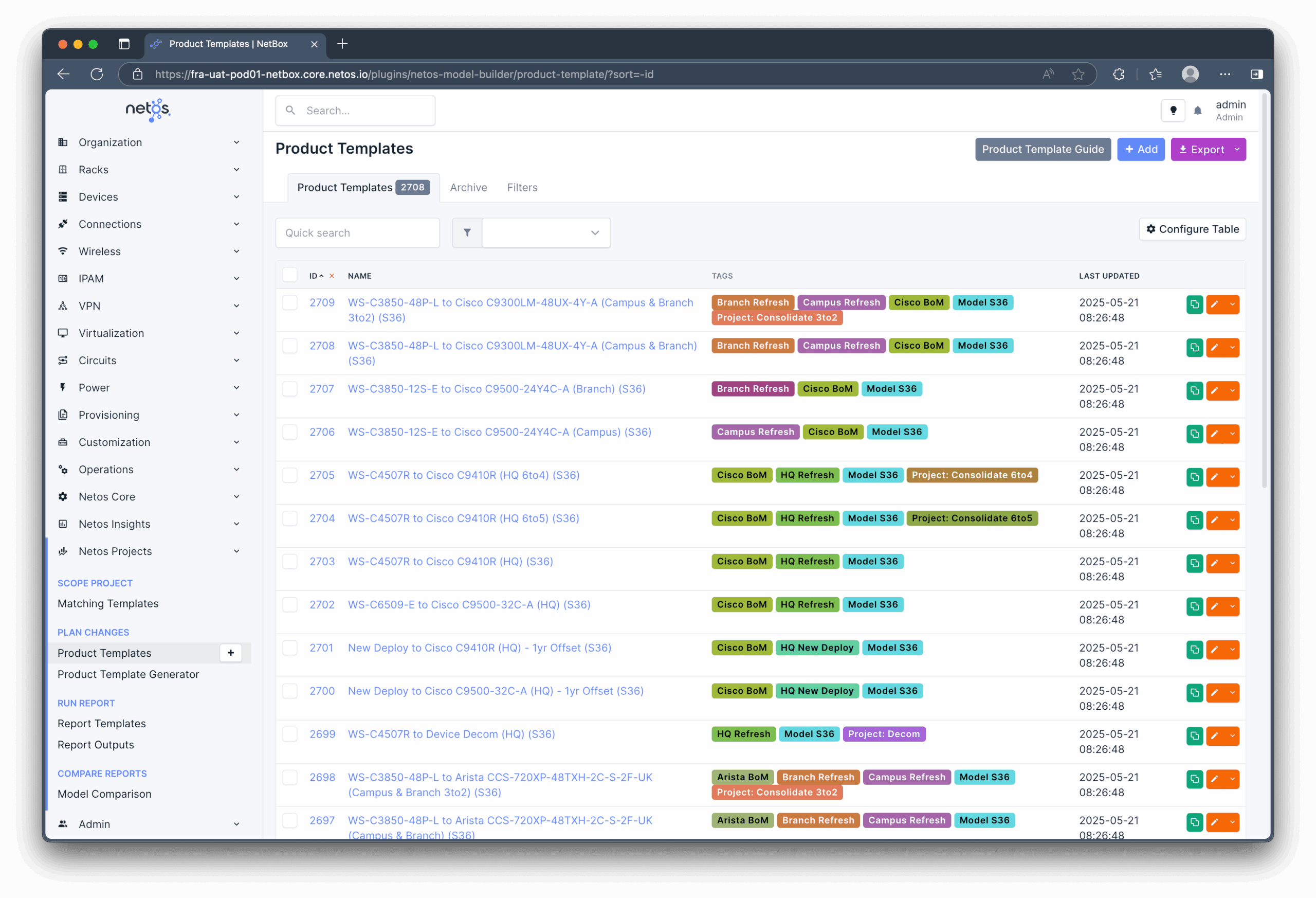
Building Models in Netos
We then proceeded to create Report Templates to model different business cases, grouped based on strategy, but with many options. For example:
- Consolidate unused 48 port LAN switches and line cards
- Replace EoM core DC and campus switches as a priority
- Accept EoV as replacement milestone for access switches
- Downsize all LAN switches to a lower spec, and retain use of the slower optics
- Go with a lower spec edge router ($1.5k per unit, not $17k)
- Go with remanufactured hardware where possible
- Switch hardware support to Next Business Day in branch/campus

The Business Case
By rapidly running multiple model scenarios, we identified a solution that met the customer’s needs and gained full business approval.
The network was right-sized—only essential equipment was purchased—and the customer gained clear, data-driven insights into their infrastructure.
Deploying remanufactured hardware delivered a 20% cost saving (over $300K), shortened delivery lead times, and maintained full support coverage.
In addition, selecting lower-spec edge routers where appropriate saved more than $450K without impacting performance.
Strategic Considerations
With the latest Netos product capabilities, there was an opportunity to sync additional data from management systems—further enhancing visibility and decision-making.
The customer also saw room for improvement in their current MSP relationship. As part of the strategy, we could model options such as bringing network operations in-house, renegotiating contracts, or transitioning to an alternative partner.
Next Steps
If you’re a customer or partner interested in learning more about Netos please get in contact to Schedule a Demo.
